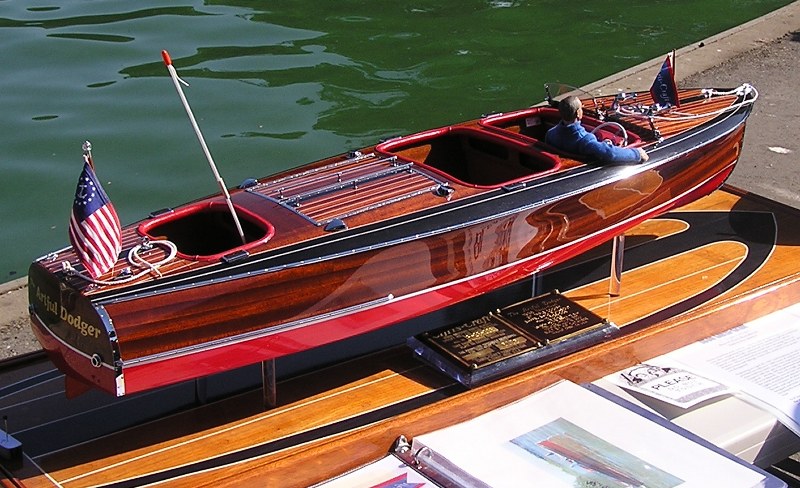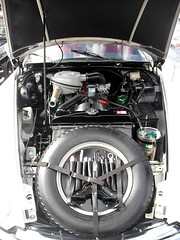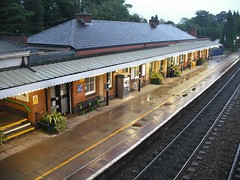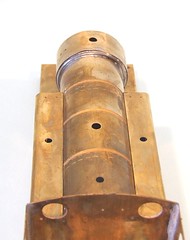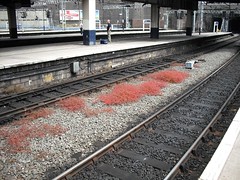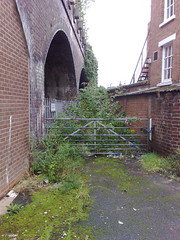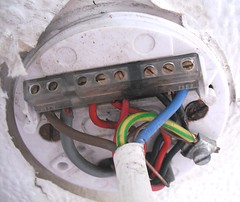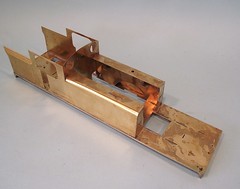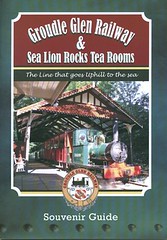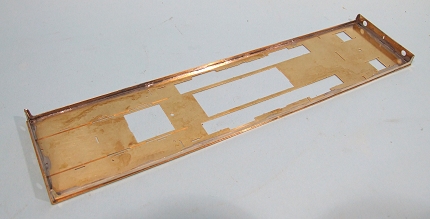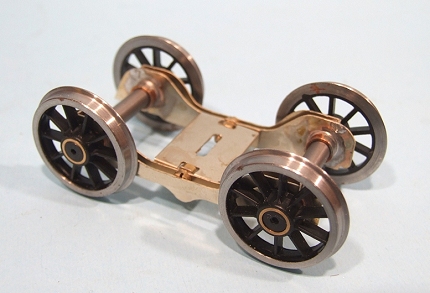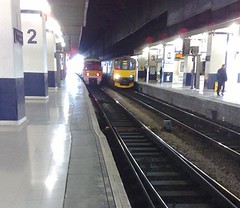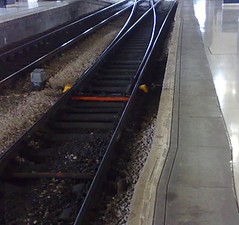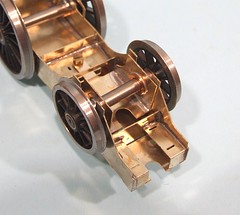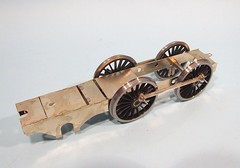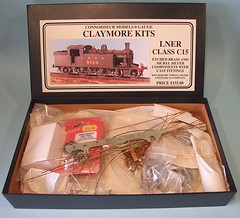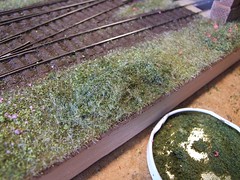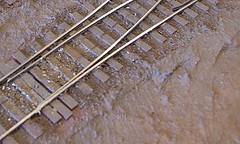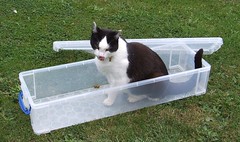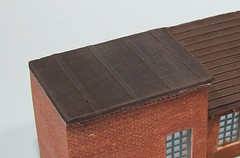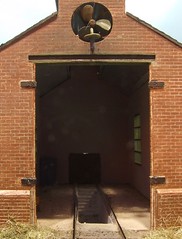Naming anything is difficult. Parents can spend hours on the subject yet there are still plenty unable to do better than call them after characters in soap operas. I'm writing a book with a friend at the moment (it's fiction so nothing to appear here, however if you are a publisher or agent who fancies something a bit Tom Sharpe-ish though, then please get in touch...) and we haven't got down to the thorny topic of a title. Over 40,000 words down and we're both ignoring the half a dozen on the very first page. Because it's going to be difficult and we hope that something witty and obvious will occur to us.
Anyway, naming layouts is also difficult. If you built a model of a prototype then the decision is made. You just have to hope you got everything right or some twonk will recognise the name, know everything about the real thing having spent all the time they should have been engaging with soap researching the subject. Once they spot you the floodgates will open and spewing forth over the model will come a tidal wave of information and halitosis. Woe betide you if you made any minor mistakes.
This is why I've shied away from modelling the real thing. Even my closed call,
The Hellingly Hosptial Railway, is described repeatedly, by me, as a cameo not an accurate recreation. Ask nicely and I'll happily tell you where the mistakes are. Try to engage me with a diatribe about how the area should be tarmaced as you clearly remember it and you'll be firmly put in your place. For a start the model is set in 1900 and you don't remember that date. Secondly the roads nearby didn't get a hard top until the 1950's, I have photos to prove this, so it's unlikely that they did a yard in the hospital 50 years earlier. But I digress.
So far, my layouts have been set in fictional places.
Flockburgh is completely made up. Melbridge comes from the film "
Random Harvest" and is the town where much of the action happens. Nicking a town name from a film was a lot easier than making a convincing one up. It also means some people think they know the place when of course there is no way they could.
Anyway, this brings me to the point in hand. The model railway that has been known as "The layout in a box" needs a name. I wanted to include "Melbridge" in it and since "
The Melbridge Box Company" already exists, more imagination was required.
True to form, this failed me so a message was posted on the DOGA e-mail forum and resulted in a number of suggestions within a day:
- Melbridge Sidings
- Melbridge Wharf Shed, since railways & canals kind of lived together
- Melbridge 38E, or whatever shed code you fancy
- Melbridge Depot
- Melbridge Loco
- Melbridge Croft, meaning waste ground in some local usages
- Melbridge East
- Melbridge engineering
- Melbridge brewing co.
- Melbridge End
- Little Melbridge
- Lower Melbridge
- Melbridge Goods
All of these are good and will be kept in mind for future projects, but the one I've gone for was almost the first out of the blocks. Tony Newton suggested and then retracted it as he felt the name was too rural for the model I'd produced. I liked the irony of the idea and that a quick search online threw up one similar location that definitely wasn't rural. So, ladies and gentlemen, I bring you:
Melbridge Parva

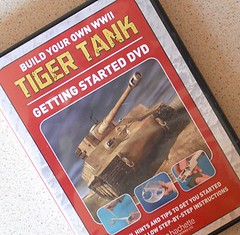 The summer is over which means it's part work season. This years offering from Hachette is a model of the German WW2 Tiger Tank. As usual part one can be picked up for 50p and comes with parts to make the gun, a DVD and some paperwork.
The summer is over which means it's part work season. This years offering from Hachette is a model of the German WW2 Tiger Tank. As usual part one can be picked up for 50p and comes with parts to make the gun, a DVD and some paperwork.
